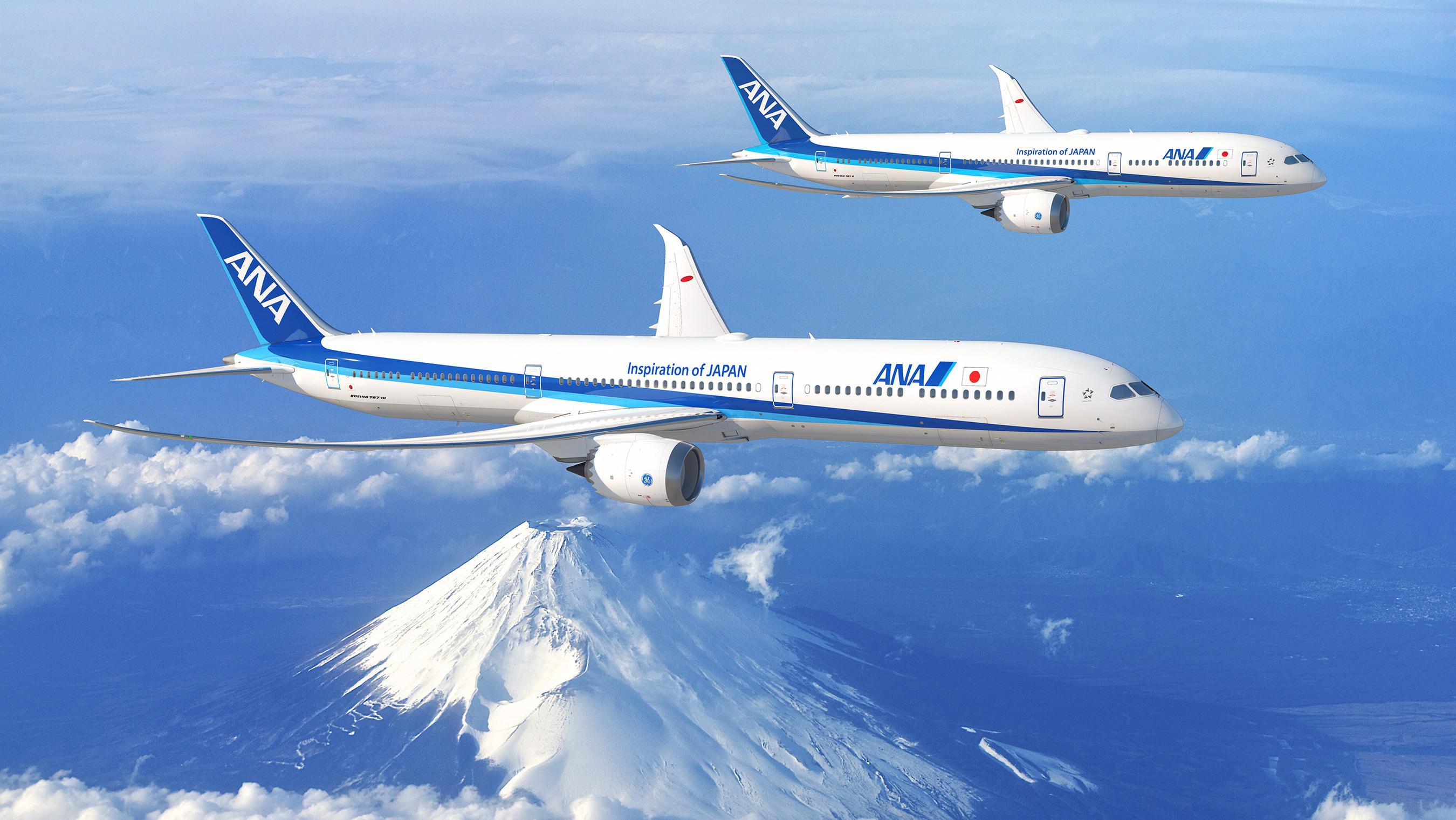
A proposed FAA airworthiness directive would require operators of GEnx-1B-powered Boeing 787s to replace fuel hydraulic lines to prevent risk of fuel leaks tied to the design of the current components.
The draft directive, set for publication June 3, would require the modifications at the next shop visit. The work is based on a GE service bulletin released in February.
A GE investigation linked the issue to fuel manifold leaks that caused “multiple” flight delays and cancellations during the last few years. “Variations” in metal-to-metal joints “caused high stress concentration factors” that led to high-cycle fatigue cracking, the draft directive said.
GE addressed the issue by redesigning the high-pressure turbine fuel hose variable stator vane (VSV) manifold, VSV fuel hose manifold, low-pressure turbine fuel hose variable bleed valve (VBV) manifold, and VBV fuel hose manifold.
FAA’s proposed directive would require installing new fuel hydraulic lines during the next shop visit “involving the separation of pairs of major mating engine case flanges.” Exceptions include separating the flanges “solely for the purposes of replacing the fan or propulsor” or to transport the engine “without subsequent maintenance,” which would not trigger the directive’s requirements, the FAA said.
The AD affects engine serial numbers 956-102 through 958-775, inclusive, 958-795, and 958-802, the FAA said. The range includes about 500 GEnx-1Bs.
The directive would apply to about 300 engines on U.S.-registered 787s. Adoption by other regulators is likely.
